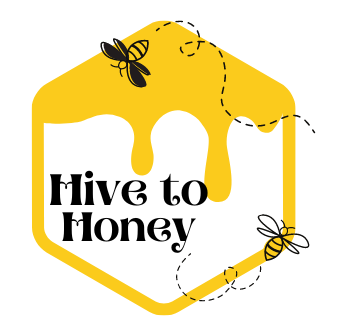Bee Species
Welcome to our Bee Species blog, where we celebrate the incredible diversity and importance of these remarkable pollinators! Bees play a crucial role in our ecosystems, supporting the growth of plants and the production of food. From the well-known Western Honey Bee (Apis mellifera) to the lesser-known native species, each bee contributes uniquely to pollination and biodiversity. Join us as we explore various bee species, their behaviors, habitats, and the challenges they face in today’s world. Together, let’s uncover the secrets of these fascinating creatures and learn how we can protect them for future generations.
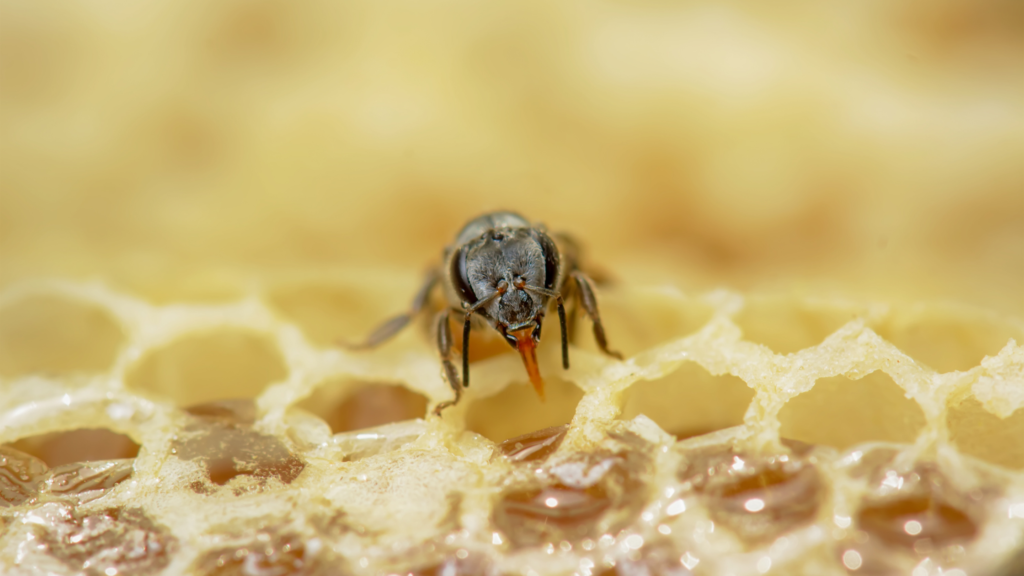
The Small Honey Bee (Apis florea): A Comprehensive Guide to One of Nature’s Tiny Pollinators
The Small Honey Bee, scientifically known as Apis florea, is one of the lesser-known species of honey bees, yet it plays a vital role in the ecosystems of Asia and parts of the Middle East. Despite its size, the Apis florea bee is a remarkable pollinator, and its unique biology
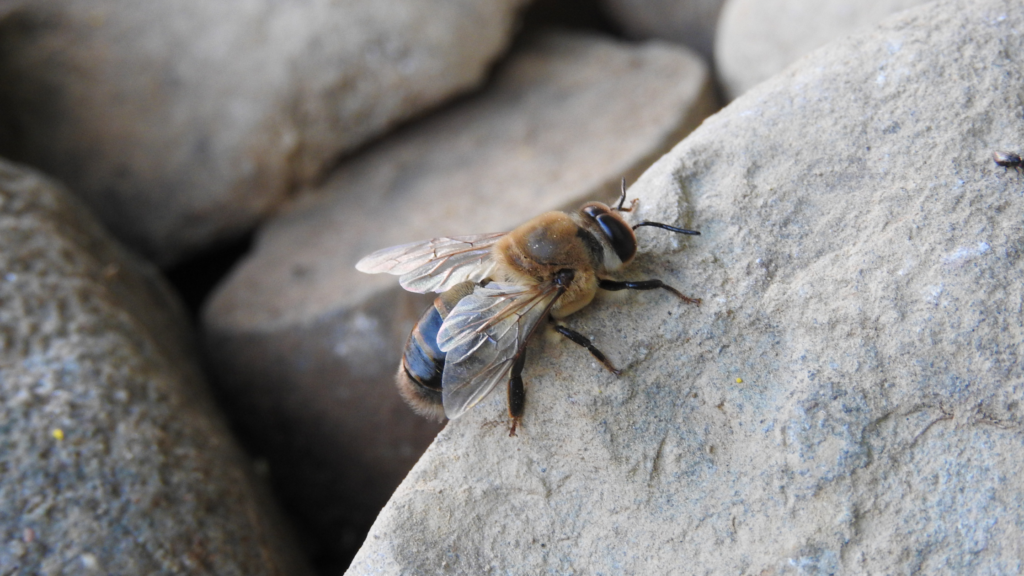
The Rock Honey Bee (Apis laboriosa): Guardians of the Himalayan Honey
The Rock Honey Bee (Apis laboriosa) is an awe-inspiring species that thrives in the rugged landscapes of the Himalayas, where it builds massive nests on vertical cliffs. Known for producing highly prized wild honey and for its ability to endure extreme mountain conditions, this bee species has captivated researchers, beekeepers,
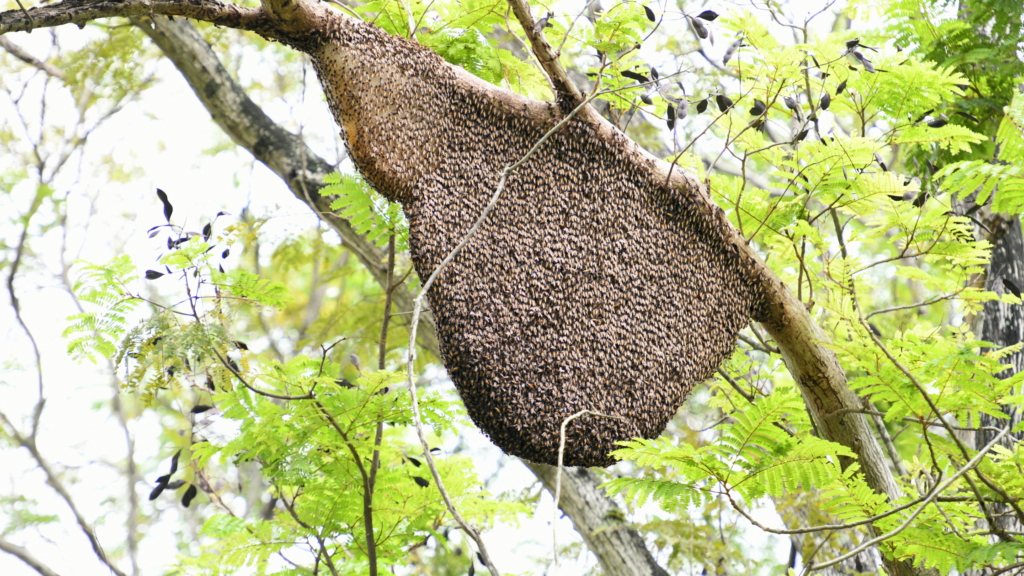
The Giant Honey Bee (Apis dorsata): Nature’s Fearless Honey Maker
The Giant Honey Bee, scientifically known as Apis dorsata, is a remarkable species native to South and Southeast Asia. Known for its impressive size, bold temperament, and incredible honey-producing capabilities, this bee plays a crucial role in the ecosystem and supports human livelihoods. Despite its importance, the Giant Honey Bee
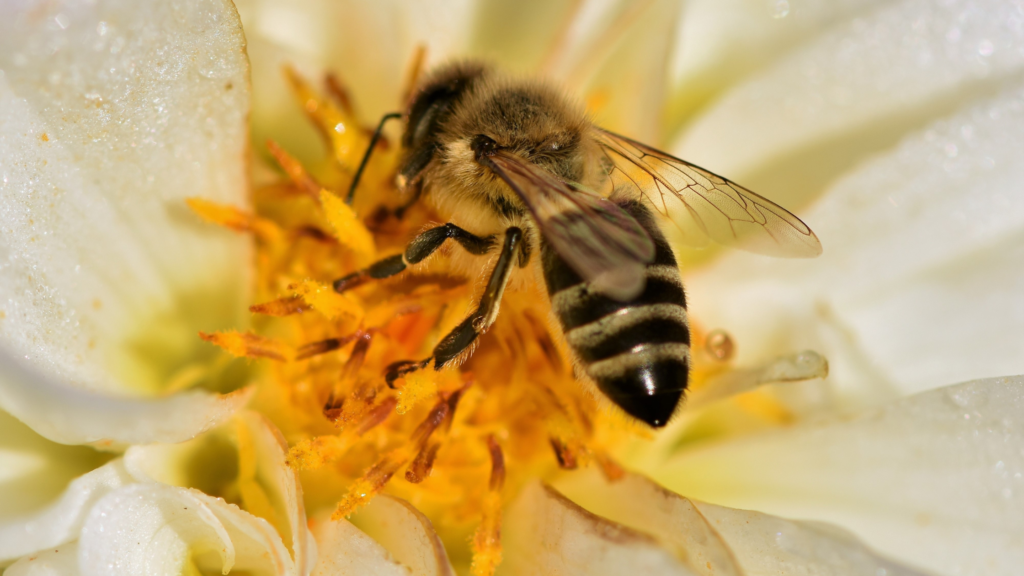
The Eastern Honey Bee (Apis cerana): A Vital Pollinator of Asia
The Eastern honey bee, scientifically known as Apis cerana, is a remarkable species of honey bee native to Asia. This bee plays an essential role in pollination and honey production, making it a vital contributor to both ecosystems and agriculture. In this blog post, we will explore the unique characteristics,
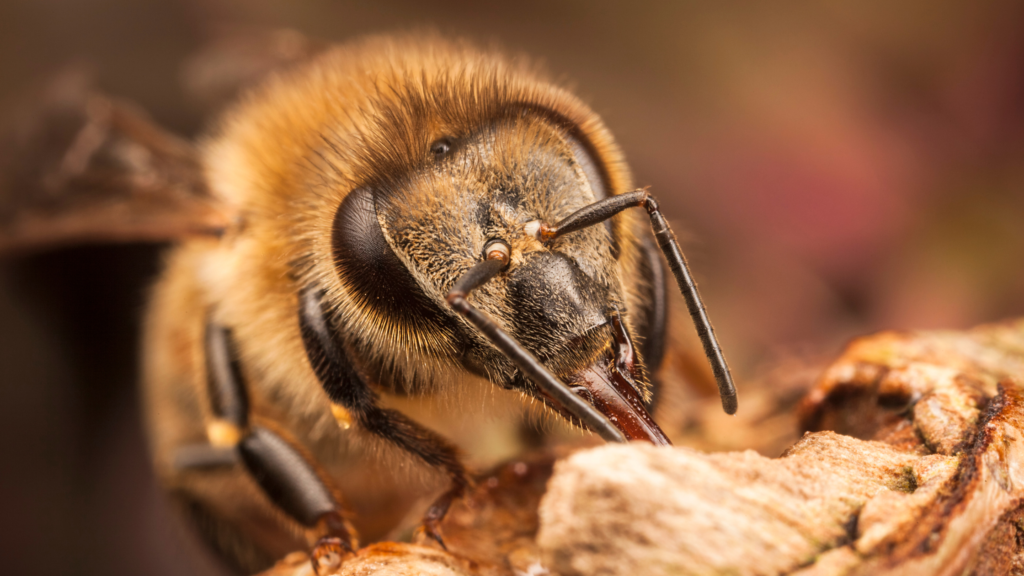
The Western Honey Bee (Apis mellifera): Nature’s Essential Pollinator
The Western honey bee, scientifically known as Apis mellifera, is one of the most well-known and vital species of bees globally. This remarkable insect not only plays a crucial role in the ecosystem through pollination but also significantly contributes to agriculture and honey production. In this blog post, we will
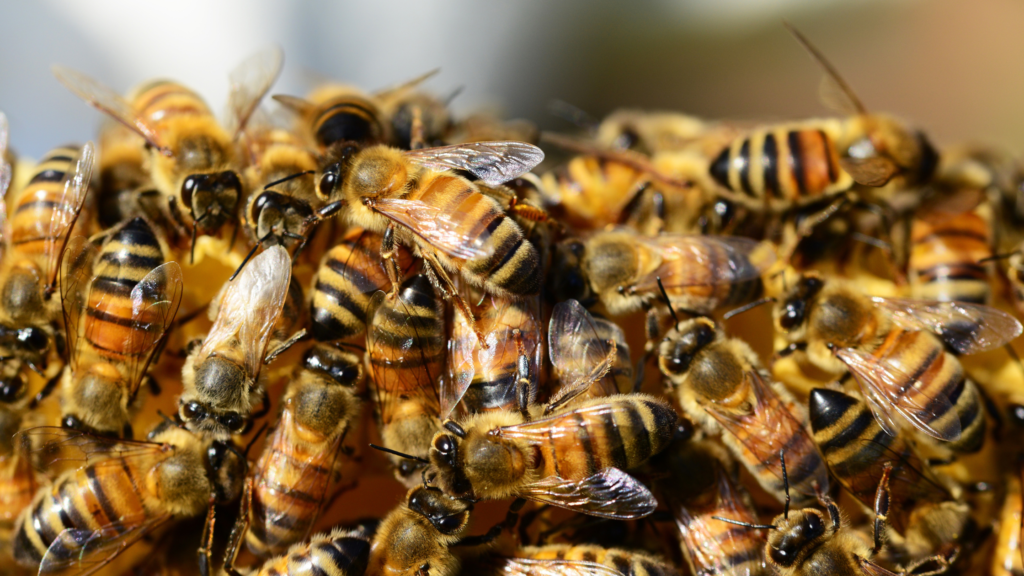
Exploring the Main Types of Honey Bees: Nature’s Essential Pollinators
Honey bees are extraordinary insects that play a crucial role in our ecosystem. Known for their contributions to pollination and honey production, honey bees are vital for agriculture and the environment. However, many people are unaware that there are various types of honey bees, each with unique roles and characteristics.
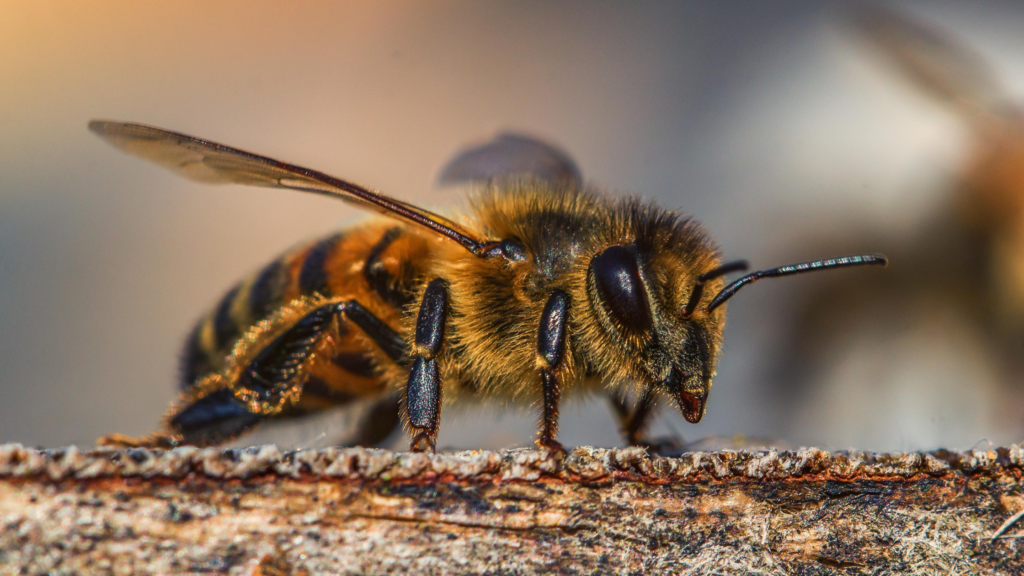
An Introduction to Honey Bees: Nature’s Incredible Pollinators
Honey bees are one of the most fascinating creatures on our planet. Known for their role in pollination and honey production, these industrious insects are essential to the ecosystem and agricultural economy. In this blog post, we’ll explore the biology of honey bees, their social structure, the importance of their
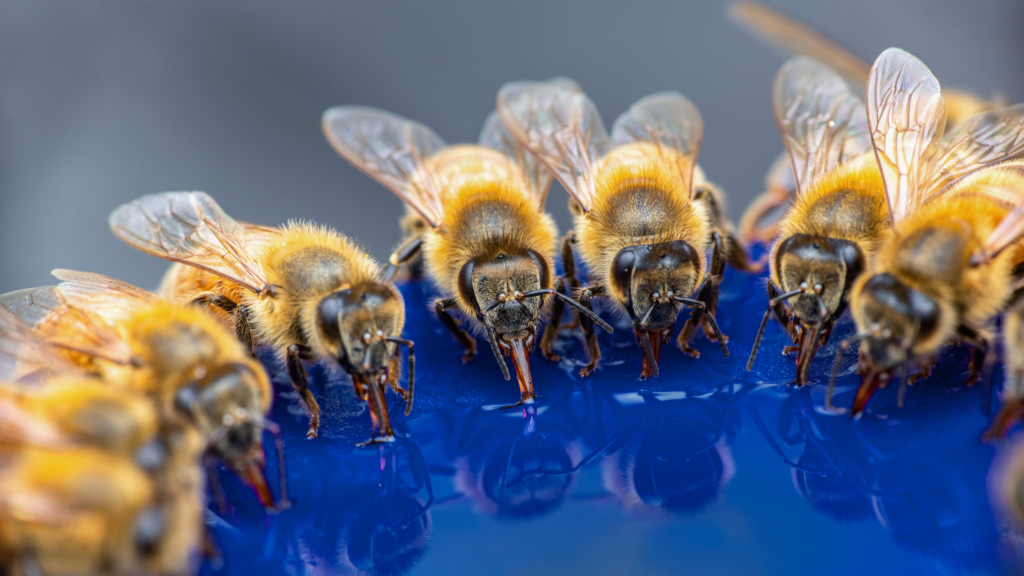
Exploring the Fascinating World of Bee Species
Bees are not just honey-makers; they are essential contributors to our ecosystems, agriculture, and overall biodiversity. With over 20,000 species of bees worldwide, these industrious insects exhibit a fascinating variety of traits, behaviors, and ecological roles. In this article, we will explore the most notable bee species, their unique characteristics,
More From The Hive:
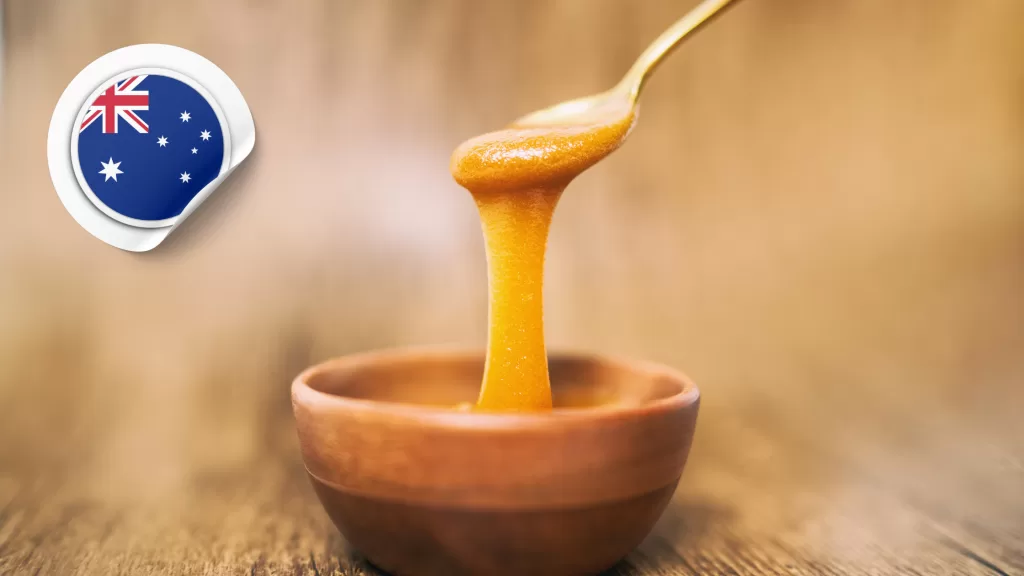
A Comprehensive Guide to Australian Honey: Types, Production, and Benefits
Australia is home to some of the world’s finest honey, known for its unique flavors, exceptional quality, and health benefits. Thanks to its diverse flora and pristine natural environment, Australia produces honey that reflects the rich biodiversity of its landscapes. Whether it’s the famous Manuka honey from the Leptospermum trees
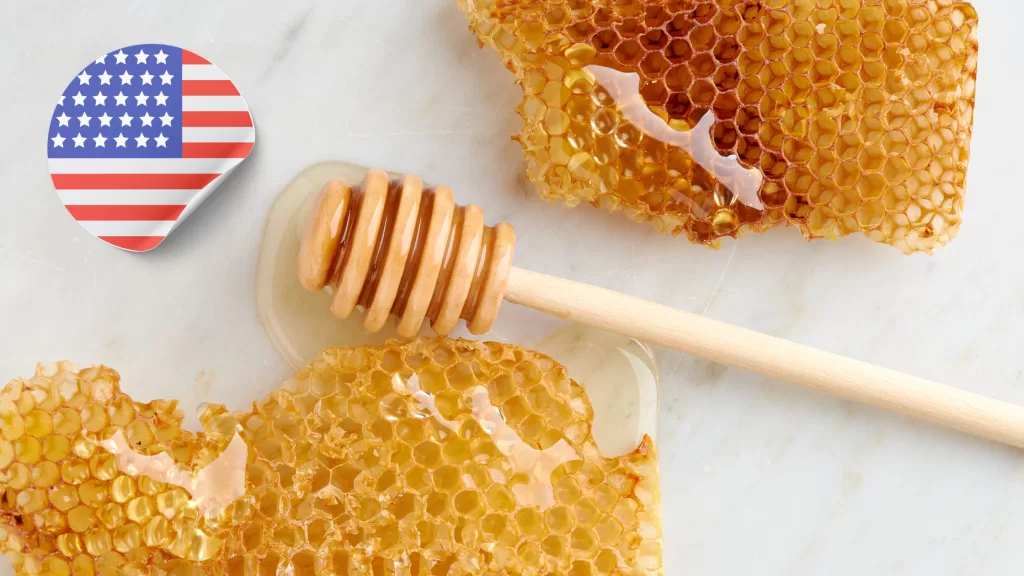
An In-Depth Guide to Honey in the United States of America (USA): Types, Production, and Benefits
Honey, one of nature’s sweetest treasures, has been an integral part of human diets and cultures for thousands of years. In the United States of America (USA), honey production is not only a thriving industry but also a testament to the country’s diverse ecosystems. From the tropical blossoms of Florida

The Small Honey Bee (Apis florea): A Comprehensive Guide to One of Nature’s Tiny Pollinators
The Small Honey Bee, scientifically known as Apis florea, is one of the lesser-known species of honey bees, yet it plays a vital role in the ecosystems of Asia and parts of the Middle East. Despite its size, the Apis florea bee is a remarkable pollinator, and its unique biology
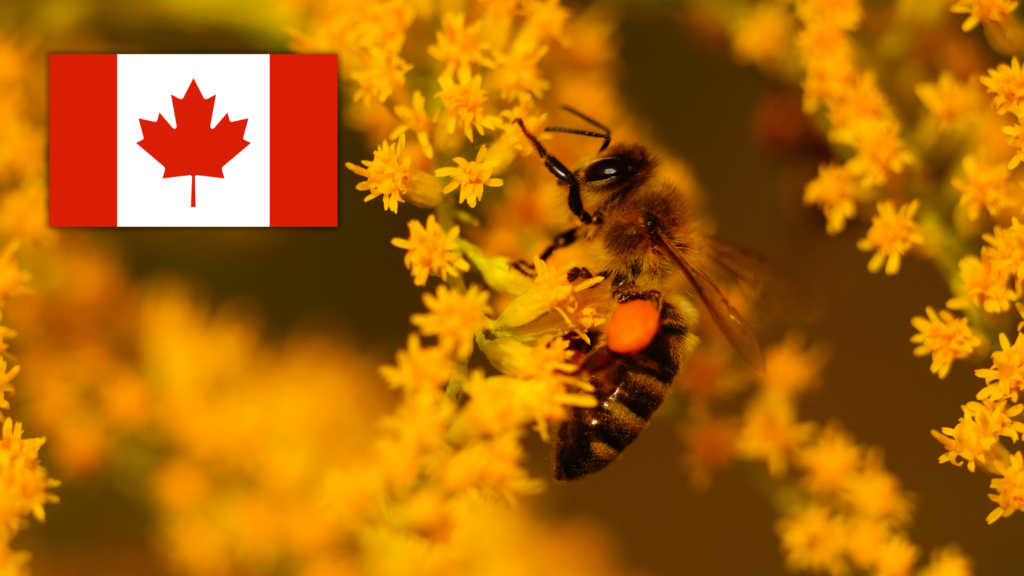
Exploring the Sweet Diversity of Canadian Honey: A Guide to Types and Flavors
Canada is home to a rich tapestry of landscapes and climates, each contributing to the unique flavors and types of honey produced across the country. From the prairies of Alberta to the forests of British Columbia, Canadian honey reflects the diverse flora that bees visit. In this blog, we will

The Rock Honey Bee (Apis laboriosa): Guardians of the Himalayan Honey
The Rock Honey Bee (Apis laboriosa) is an awe-inspiring species that thrives in the rugged landscapes of the Himalayas, where it builds massive nests on vertical cliffs. Known for producing highly prized wild honey and for its ability to endure extreme mountain conditions, this bee species has captivated researchers, beekeepers,

The Giant Honey Bee (Apis dorsata): Nature’s Fearless Honey Maker
The Giant Honey Bee, scientifically known as Apis dorsata, is a remarkable species native to South and Southeast Asia. Known for its impressive size, bold temperament, and incredible honey-producing capabilities, this bee plays a crucial role in the ecosystem and supports human livelihoods. Despite its importance, the Giant Honey Bee
